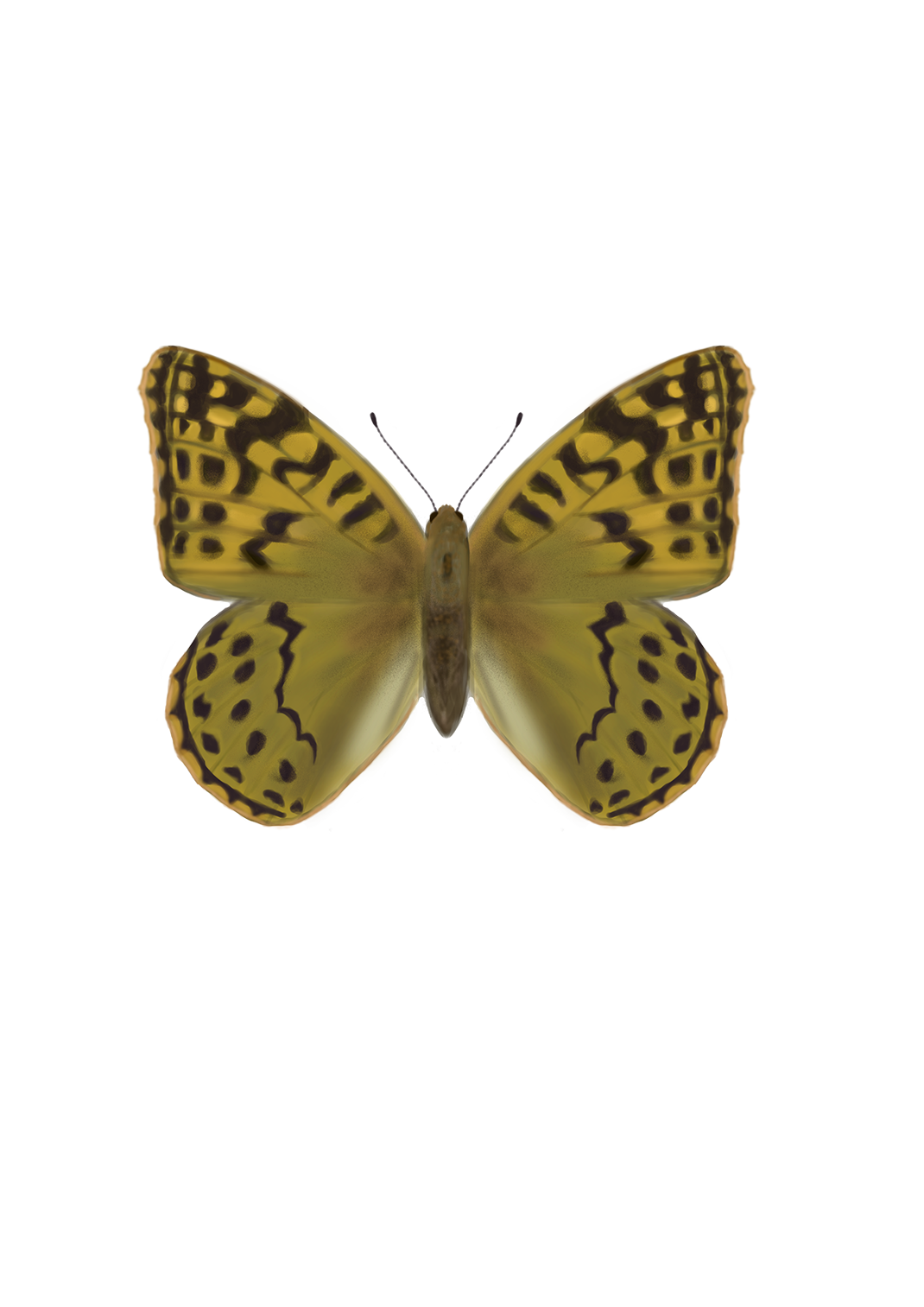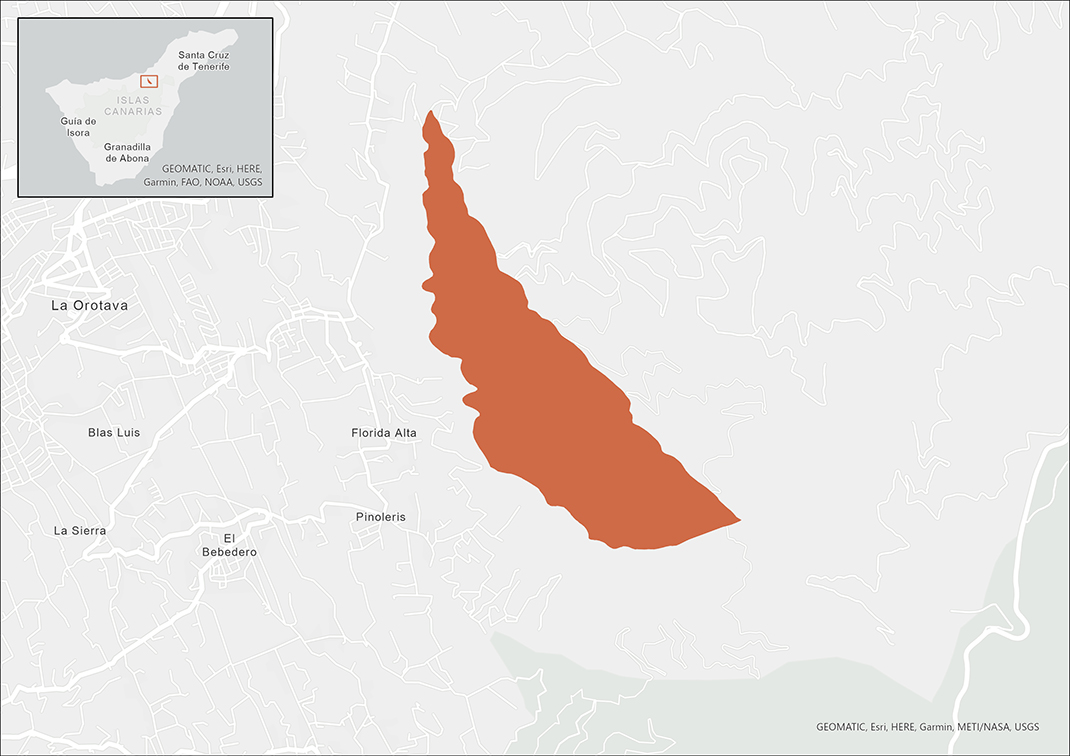Plan your next adventure
Tailor your own route along Tenerife’s trails quickly and easily..
Go to planner
Sat atop almost vertical hillsides on the outskirts of the Orotava Valley, with dense pine and monteverde forests, this reserve is protected against all human activity.
It is therefore not possible to visit except for scientific purposes.
Recommended time to visit: Not accessible.
Pinoleris is part of the valley that was created following a huge landslide. It contains a basalt wall located between 600 and 1500 metres in altitude, broken up by hard-to-access parallel ravines. This geographic profile provides the area with almost total natural protection.
It was declared a strict nature reserve because ecological processes that are vital to the island take place here, including the recharging of aquifers, thanks to the water brought in the form of horizontal rain by the trade winds, which is absorbed into the ground by the vegetation.

In addition to the typical species associated with monteverde and pine forests, including some Canary Island pine trees 30m tall and well preserved; in this corner of the Orotava Valley we can find the very last examples of pico paloma (Lotus berthelotii), a plant that is in danger of extinction. Other species that stand out include the tajinaste gigante (Echium giganteum) and the rare poleo peludo (Bystropogon plumosus).
The two laurel forest pigeons, Bolle’s pigeon and the laurel pigeon, are the main representatives of fauna in the area, given that it is located between their two main habitats, Anaga and Teno.
There are also populations of the blue chaffinch and great spotted woodpecker, as well as the Eurasian sparrowhawk and long-eared owl.
Very little is known about the area’s invertebrates, but of particular note are endemic species such as the de las cortezas spider crab (Olios canariensis), lagarta canaria del pino moth (Calliteara fortunata), Tenerife Green Bush-cricket (Calliphona koenigi) and the verdirrayada del Teide butterfly, among others.
The most notable mammals are bats, as the only native examples.
Although very few studies have been carried out in the area, the presence of lesser noctule, Madeira pipistrelle and European free-tailed bats has been confirmed. However, in adjacent areas with the same habitats, the Canary barbastelle bat and the Canary long-eared bat have also been spotted, so it is very likely that they also inhabit the Pinoleris.

181.4 hectares (0.1% of the island)
Pico paloma (Lotus berthelotii), tajinaste gigante (Echium giganteum), de las cortezas spider crab (Olios canariensis), Tenerife Green Bush-cricket (Calliphona koenigi), lesser noctule, laurel pigeon, Bolle’s pigeon, Eurasian sparrowhawk, blue chaffinch.
Ravines, laurel forest, pine forest.
To consult permits for use and updated regulations for this Protected Natural Area, visit the official website of the Government of the Canary Islands.

These are some of the points of interest you can find along this route.

Faya Gorda
Faya (Morella faya) located on the eastern slope of a small ravine. It has a large,...
Tailor your own route along Tenerife’s trails quickly and easily..
Go to planner